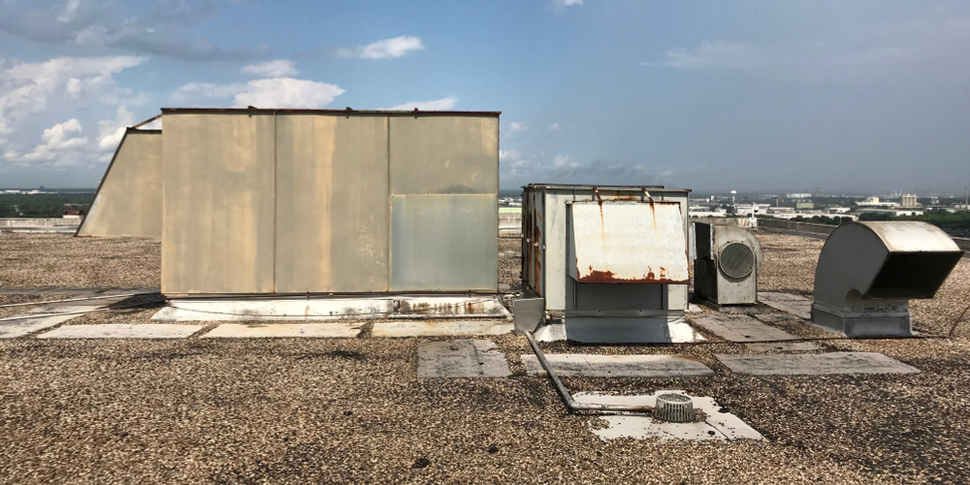
Facility managers and building owners are increasingly installing building automation systems (BAS) to help monitor and manage heating and cooling energy costs. The benefits are substantial: a BAS can help save $0.20 to $0.40 per square foot in utility costs, estimates the Metropolitan Energy Policy Commission (Minneapolis/St. Paul).
While reducing HVAC operating costs is reason enough to implement a BAS in new construction and retrofits, building automation offers a host of other cost-saving opportunities, as well as those for revenue generation.
Cost-saving opportunities
An obvious, although not always practiced way, to save money on building operations, as well as equipment maintenance/replacement costs, is only to run systems when they’re needed. This is the essential way a BAS can help reduce costs, and depends on the facility professionals understanding how to use the BAS and trusting it to do its job.
At the simplest level, only running equipment when it’s needed can be accomplished through scheduling in the BAS. For example, setting timers to automatically lower the HVAC temperature set point after hours in an office building or on weekends in schools.
Another level of building automation sophistication is only to turn on the equipment in occupied areas, which requires occupancy sensors. This can go beyond a simple on/off for occupied/unoccupied modes, and include a standby mode, which balances energy savings and costs and helps reduce equipment cycling. Whereas the unoccupied mode might set the thermostat 10 degrees F lower than the occupied mode, the standby mode might lower the set point only 3 degrees F, to reduce heating demand, yet preserve comfort for occupants who are momentarily out of the space during regular business hours. Scheduling could then set the HVAC system to the lower unoccupied level during the facility’s customary closed hours.
Beyond HVAC, the most important building system to control is lighting, which is the second largest energy use category in commercial buildings, accounting for approximately 20% of total energy consumption, according to the DOE. As with heating and cooling systems, a BAS can help here, too, by either turning off or dimming the lights when they’re not needed.
Other building systems can also benefit from BAS scheduling and demand monitoring. For example, in an airport when passenger demand is light in the wee hours of the night, the BAS can automatically turn off certain escalators so that only those needed to meet demand (by traffic volume or part of the building) are operating.
Revenue generating opportunities
Although BAS are commonly used to help reduce operating and maintenance/replacement costs for various building systems, they also can be a revenue tool. For example, data provided by a BAS enable facility managers to justify and charge tenants for building operating costs outside the occupancy hours defined in their tenant lease. A case in point is office buildings, in which tenants can be billed for operating costs related to afterhours use at night and on weekends. Likewise, schools that rent their gyms, libraries or auditoriums to community groups can validate that rental costs are sufficient to cover the energy usage by comparing how much energy is being used outside of the normally scheduled school day.
Resources for enhancing your BAS
If your facility already has, or is planning, a BAS, you might be wondering how to maximize its benefits. The BAS dealer can be an excellent resource. Additionally, you might consider hiring a building commissioning agent to supplement the installer’s work. A good commissioning agent goes beyond simply testing the building systems after they’re installed and will participate throughout all aspects of the design, construction and occupancy of the building. They provide a specialized set of building expertise beyond controls, to offer advice on other factors that affect a building’s energy performance, such as managing air infiltration and exfiltration.
Building sectors that are leading the way
For inspiration on top-of-the-line sophistication in building automation, look to data centers and hospitals, both of which are 24-hour operations. Data center managers are focused on achieving optimum performance from their mechanical systems to ensure that their “product” (computer processing) is continually available, while managing costs. Likewise, given the mission critical nature of hospitals, and increasing focus on healthcare cost control, their facility managers have become very adept at balancing indoor health and comfort with operating costs.